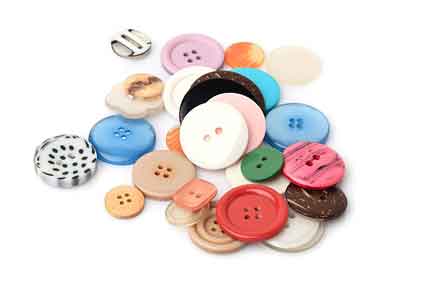If you’re new to the button making industry, then you may be wondering: How does a button maker work? Before buying a button machine, here are a few things you should know. While Inkjet printers are great for printing small batches of buttons, they aren’t ideal for larger orders. Plus, you’ll want to make sure that your machine’s crimp is as flat and secure as possible.
Machines made in China have low quality

While you may be tempted to believe that machines made in China are of low quality, this isn’t always the case. While quality can vary greatly between different Chinese manufacturers, there are some things you can do to ensure the best possible product quality. First, avoid assuming that the supplier in China understands your requirements. Instead, give them as much information as possible up front, including all relevant details. Providing accurate information will prevent mistakes and ensure quality, no matter what manufacturer you buy from.
Inkjet printers have low resolution
The resolution of an inkjet printer is the amount of dots per inch (DPI) that a given image contains. High resolution is essential for producing images with a richer color palette. However, inkjet printers have low resolution due to their relatively crude design. To make better-quality prints, they need higher resolution and color depth. Generally, the resolution of an inkjet printer must be above 300 DPI. However, it is not always possible to print at such a high resolution.
Thickness is key
If you’re planning to make a button, there are a few tips that you should follow. The minimum surface area for a button is 366px and the maximum area is 732px. You should double the thickness of the button’s outline to meet this requirement. The minimum area for a button is determined by the Firefox focus indicator, which is the button’s parameter length, minus any gap spaces. In addition, you should always keep in mind that the focus indicator on Firefox is equal to the button’s perimeter minus any gap spaces. Similarly, a thick outline will be easier to read, since it has a larger surface area than a thin one.
TEcre’s patented Third Press Operation makes for a more secure and flat crimp
TEcre’s patented Third Press operation allows the 45 degree flange of a plastic back button to be pressed onto a flat back for a secure crimp. This feature is available on a 1″, 2″, or 6″ button size. This patented design also eliminates the need for pins in the back of the button. However, adhesive pins can be added after the button is crimped.
Conclusion:
One common problem is when the button maker will not pick up the two shells at once. This is because it jams or your next button does not crimp properly. To fix this problem, check the upper pick up die for holes and extra parts. Turn the crimp die under the pick up die until it is free of extra parts and then pull the handle down to release the buttons. If you are still not able to pick up the buttons, there are many ways to fix it.





